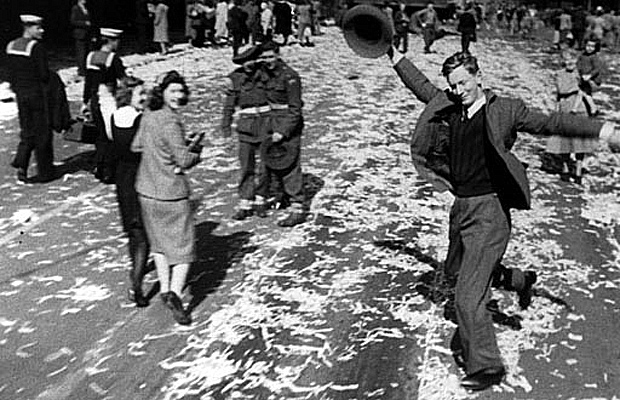
March 30, 2015
Just in case you haven’t noticed, we’re now less than a month from the centenary of Anzac Day.
The Anzac story is well-known. The brave diggers who landed at Anzac Cove at 4:28am, stormed across the beach, were mown down by Johnny Turk, dug into trenches, went over the top …
We can name the battles: Lone Pine, the Nek, Hill 60. And even some of the participants, like Simpson and his donkey.
And then there are the famous French and Belgium battlefields our Diggers went to: Passchendaele, Ypres, the Somme, Pozieres …
Why do we know these names so well? I suspect we all learned about them at school, and then we hear them mentioned again every year at Anzac Day parades and commemoration services.
This knowledge of history extends to World War II. We know the names of a lot of the battles that the English and Americans fought: The Battle of Britain, the Battle of the Bulge, D-Day, Pearl Harbor, Okinawa, Iwo Jima, Guadalcanal. These names we know from hundreds of movies and TV shows.
Only a handful of the Aussie battle names are familiar: Milne Bay, the Kokoda Track, Rabaul. In fact, if we learned our history only from TV, we could overlook that Australians actually fought in World War II.
So, what about post-1945 …
Name me a battle that Australians fought in Korea? In fact, can you tell me anything about the Korean War that you haven’t learned from watching M*A*S*H? Did you that it snowed there? That it didn’t look like southern California? More than 17,000 Australians served during the Korean War, 340 were killed and more than 1500 were wounded. Yet can we name a battle?
Now Vietnam. The Battle of Long Tan! Yes … but anything else? You can probably name the base, Nui Dat. But I doubt you’ll have heard of the battles of Coral / Balmoral where many Australians died. More than 520 Aussies died during the Vietnam War, but most of us have only heard about one incident in a rubber plantation.
Australians went straight from Vietnam into the Malayan Emergency and the Indonesian Konfrontation. Know anything about them? I’m sad to say that I don’t …
After World War II, Australian military personnel have been in the Congo, Cyprus, Zimbabwe, Namibia, Iran, Kuwait, Western Sahara, Cambodia, the former Yugoslavia, Somalia, Mozambique, Rwanda, Haiti, Eritrea, Guatemala, Sierra Leone, the Solomon Islands, East Timor – and more! Some of these were peace-keeping missions. Most of them were dangerous. And our community’s general knowledge about them is zero.
Anti-piracy operations off Somalia? I can’t even find out at the moment if these interceptions by Australian sailors are still ongoing or have ceased.
And then there’s Afghanistan. Australians were in Afghanistan from 2001 to 2014. Thirteen years. More than twice as long as World War II, more than three times as long as World War I. But what do you and I know about it? Be truthful … and yet more than 40 Australians died, and hundreds more were wounded.
Last week there were parades in every Australian State and Territory as part of national commemorative activities honouring the more than 34,500 personnel deployed to the Middle East between 2001 and 2014 as part of Operation Slipper.
Did you watch them on TV?
Do you know what dangers Australian troops and the RAAF are currently facing in Iraq?
Why do we remember with pride the efforts of our World War I heroes – and ensure that the battlefields where they bled and died are engraved in our national memory – and know nothing (or worse, ignore) the exploits of our current heroes?
These people are still alive. Some of them are struggling with wounds from their service, including post-traumatic stress. Some are still coming to terms with the loss of a limb(s) from IEDs. And none of us know anything much about their fight.
So while Australia remembers this Anzac Day, when we commemorate this Centenary, spare a thought for the younger faces in the parades (or wonder why they are absent).
There’s a good chance that we have forgotten their sacrifices already.








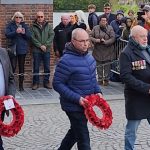
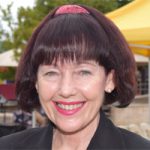

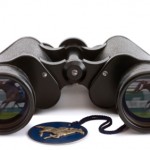
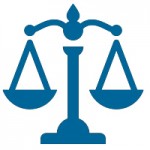







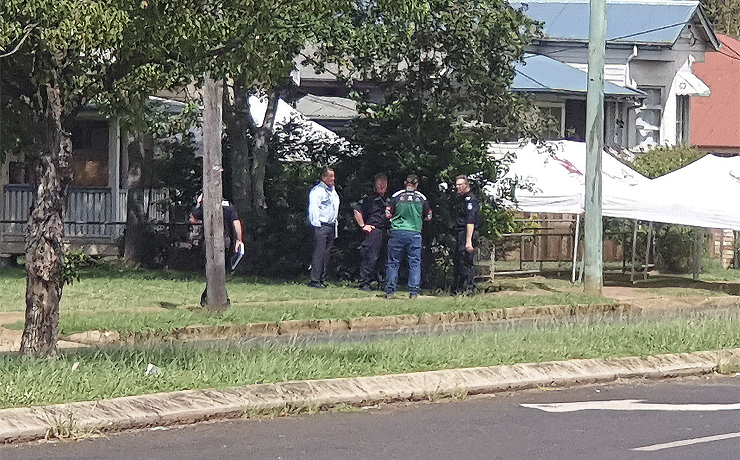




I have just read this editorial and I would like to comment on the Australian participation in World War 2. The places/battles mentioned in the article all only refer to the Pacific Ocean region to the north of Australia.
We, as a Nation, must never forget that our armed forces were involved in battles with Japan in South East Asia eg Borneo, Java, Malaya, Singapore and also the prisoner of war prisons etc such as Changi in Singapore and Hell Fire Pass in Thailand on the Burma – Thailand Railway where POWs suffered horribly at the hands of Japanese soldiers.
Also, there are the battles against Germany and its allies in the Mediterranean Sea eg Crete, Greece, in North Africa eg El Alamein, Tobruk, in the Middle East eg Palestine, Syria.
Our Navy was involved in sea and air battles in the Pacific and Indian Oceans as well in the seas of SE Asia etc and our RAAF pilots flew with the RAF in the defence of Britain.
Our current generation and the generations to come must be told of all of the history of these battles involving Aussie armed forces who went to war to protect this mighty country. If they did not then we would not know the life we have been able to lead in the ensuing 70 years since the end of WW2 and will continue to do so well into the future.
Daryl Swan
Thank you Daryl. That is exactly the point I was trying to make. The WWII battles I mentioned were the ones that sprung first into my mind, probably because of my family’s involvement in that theatre. But I am worried that society’s general knowledge is almost nil about Australian efforts post-World War II.